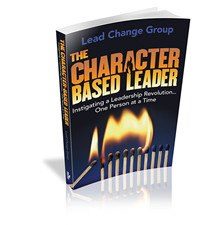This is the third post in our series: What does HR Really Stand For: Human Resources or Human Remains?

 As I thought through this series, I reached out Kevin Kennemer because I knew that he had both the passion and the data to make the case that Great Workplaces enjoy a significant competitive advantage over their competition. Kevin is a Great Workplace Advocate, and the founder of The People Group, a firm dedicated to transforming companies into winning workplaces. He works with CEO’s of small and medium sized businesses to create work environments built on trust, respect and dignity. Kevin holds a Master’s Degree in Organizational Management. This is what Kevin had to say:
As I thought through this series, I reached out Kevin Kennemer because I knew that he had both the passion and the data to make the case that Great Workplaces enjoy a significant competitive advantage over their competition. Kevin is a Great Workplace Advocate, and the founder of The People Group, a firm dedicated to transforming companies into winning workplaces. He works with CEO’s of small and medium sized businesses to create work environments built on trust, respect and dignity. Kevin holds a Master’s Degree in Organizational Management. This is what Kevin had to say:








